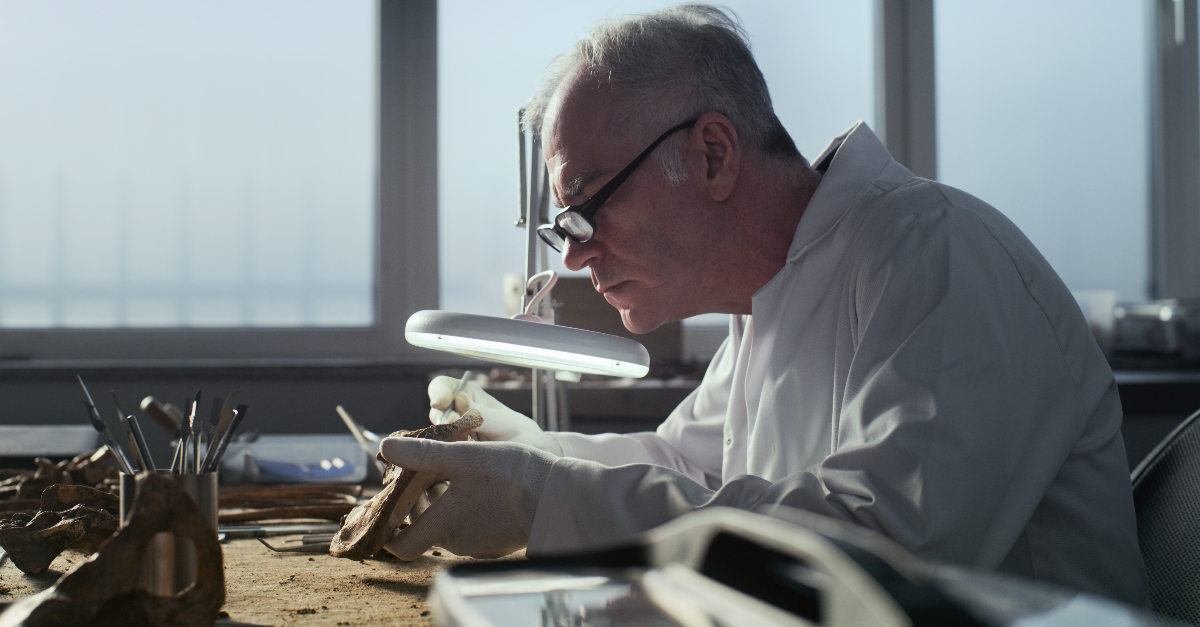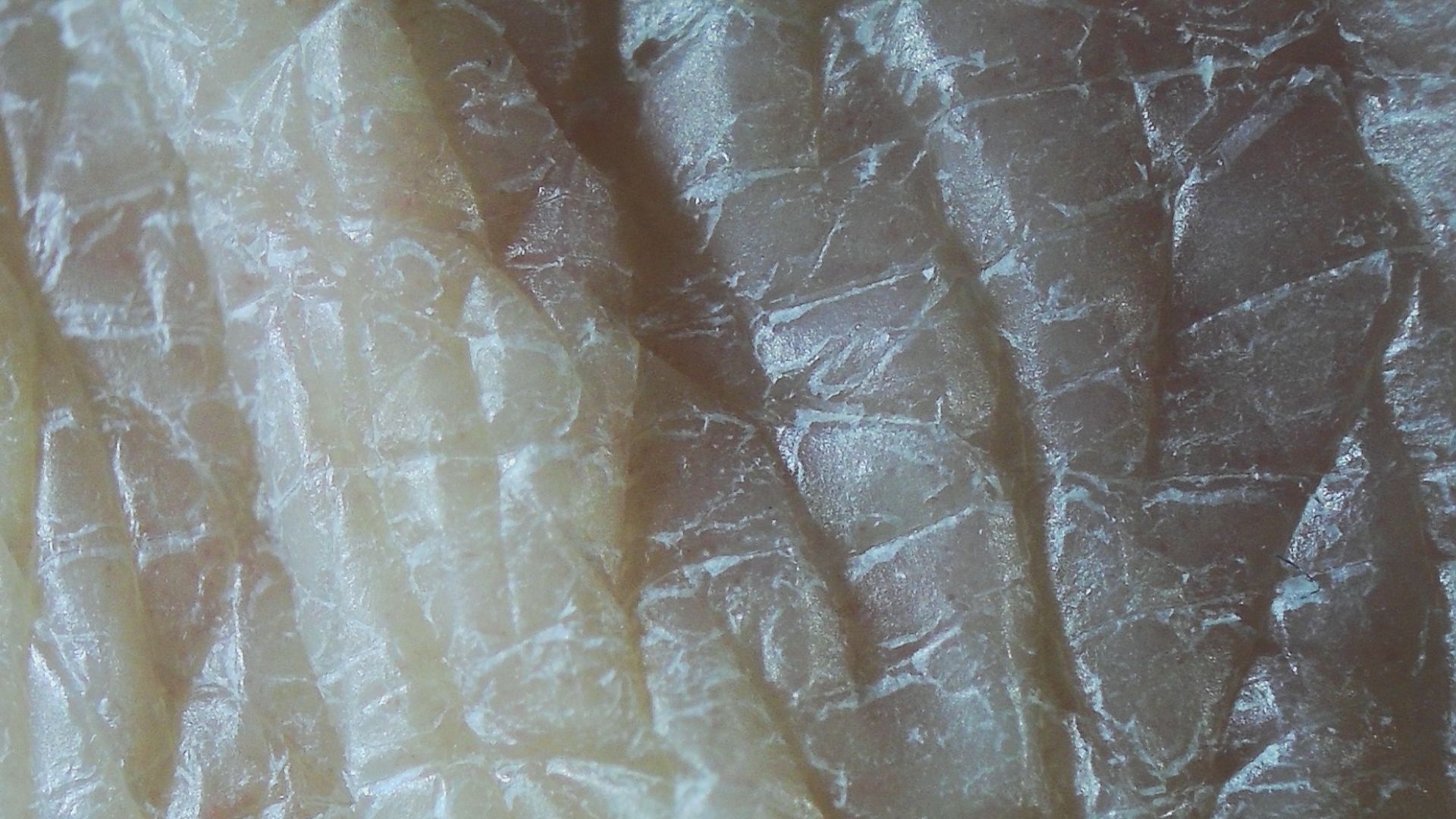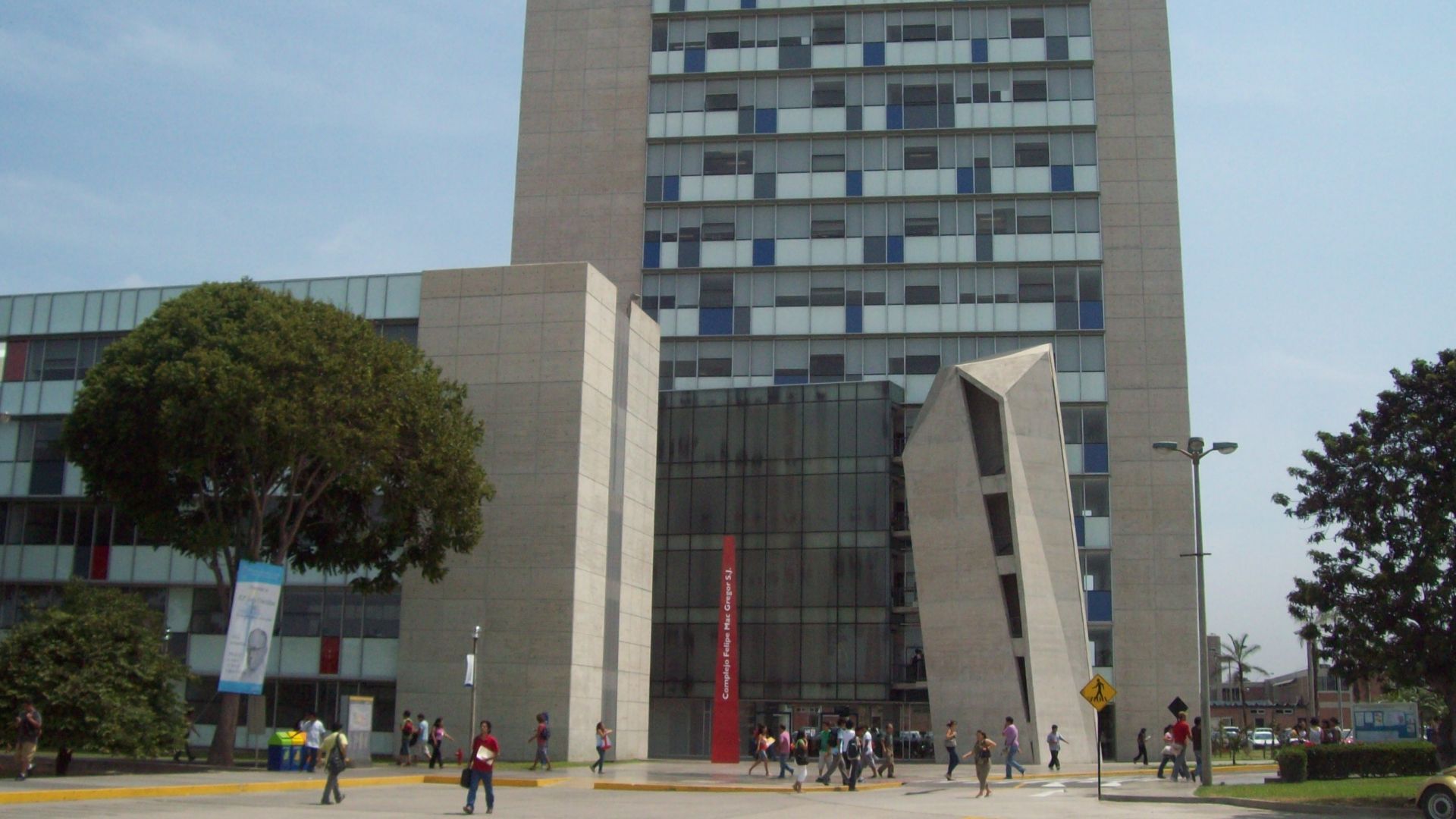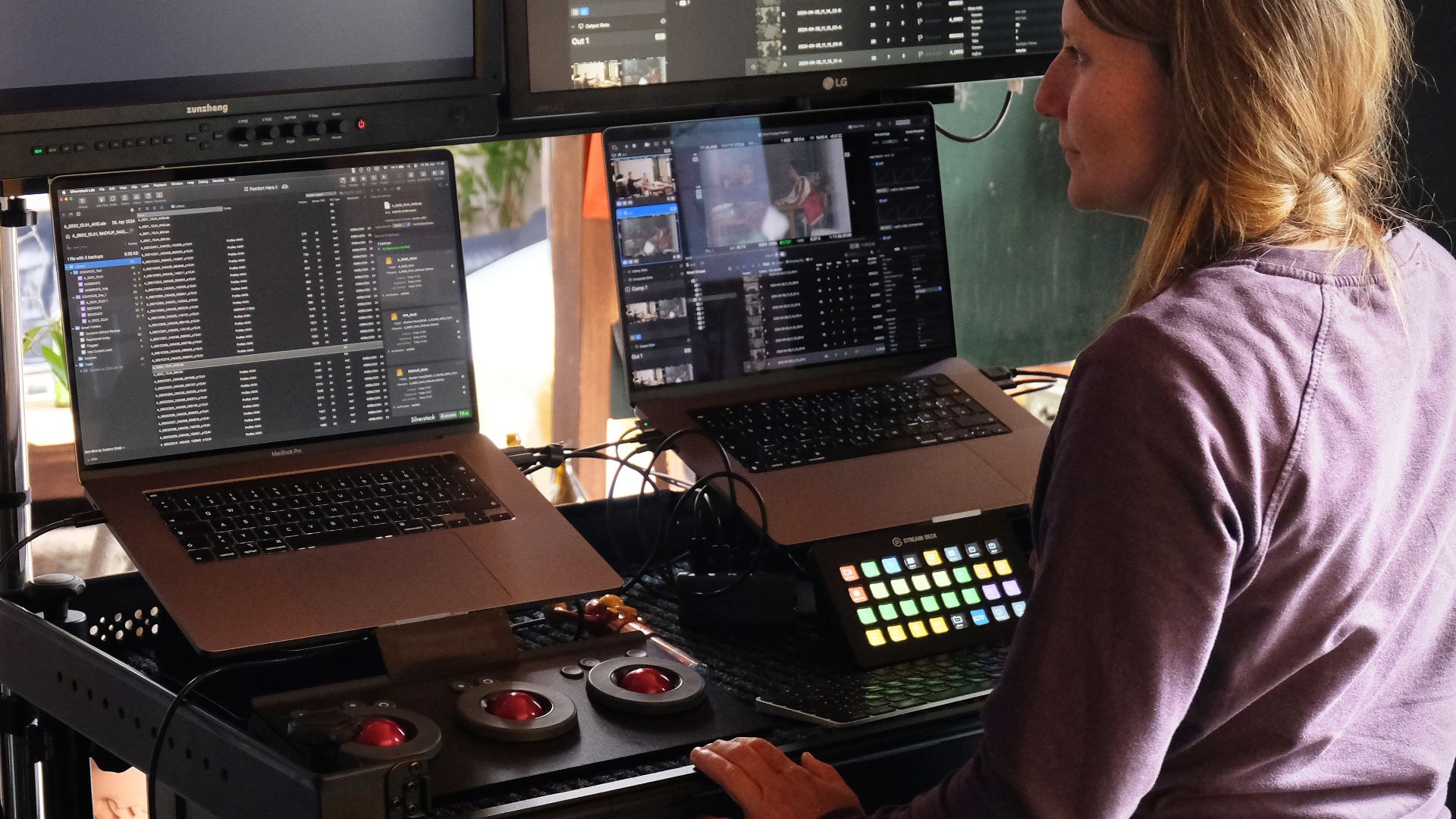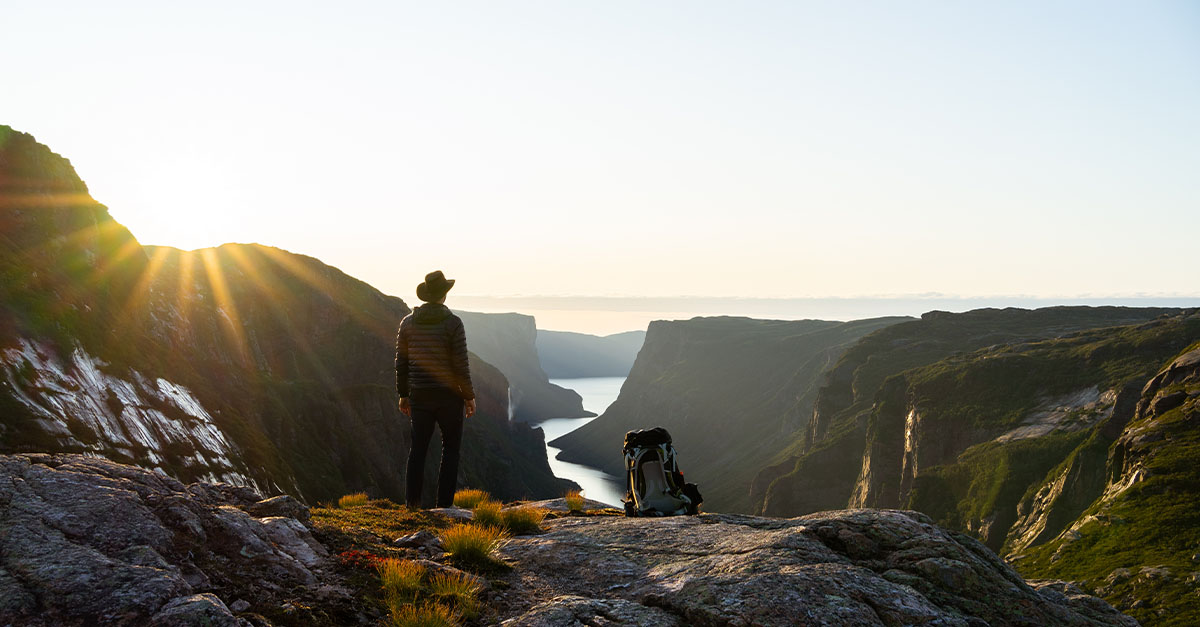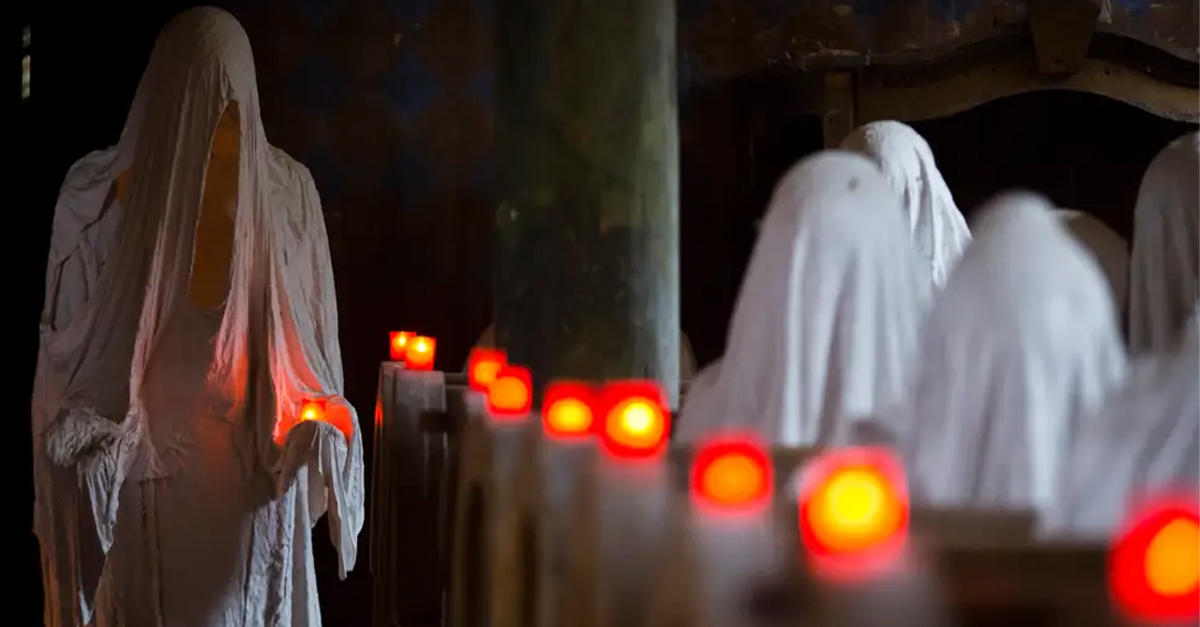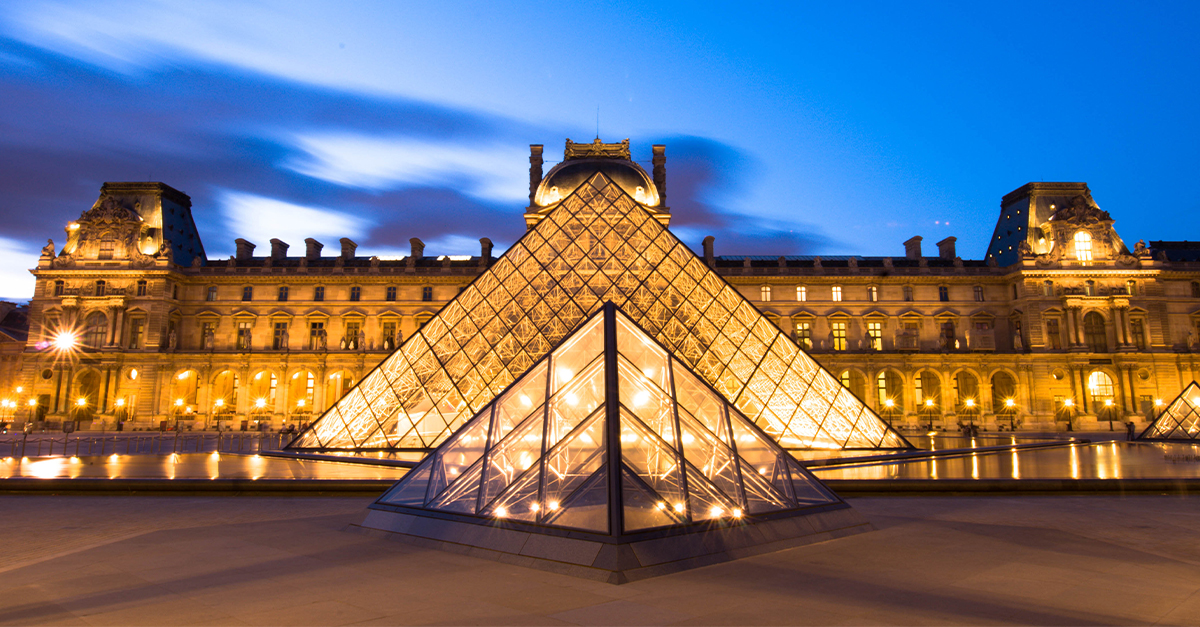Buried Beneath the Masks
Long buried beneath centuries of silence, four individuals in the Colombian Andes rested under the quiet weight of funerary masks. These coverings stretched over their faces and jaws, preserving a hidden truth. Now, for the first time, science is peeling back those layers to reveal faces unseen for hundreds of years.
Lives Lost, Stories Waiting
Between roughly 1216 and 1797 AD, these people lived and died in the Eastern Cordillera, a rugged Andean region rich in Indigenous history and tradition. Their rediscovered remains reveal both artistry and mystery—and the first real clues to who they might have been.
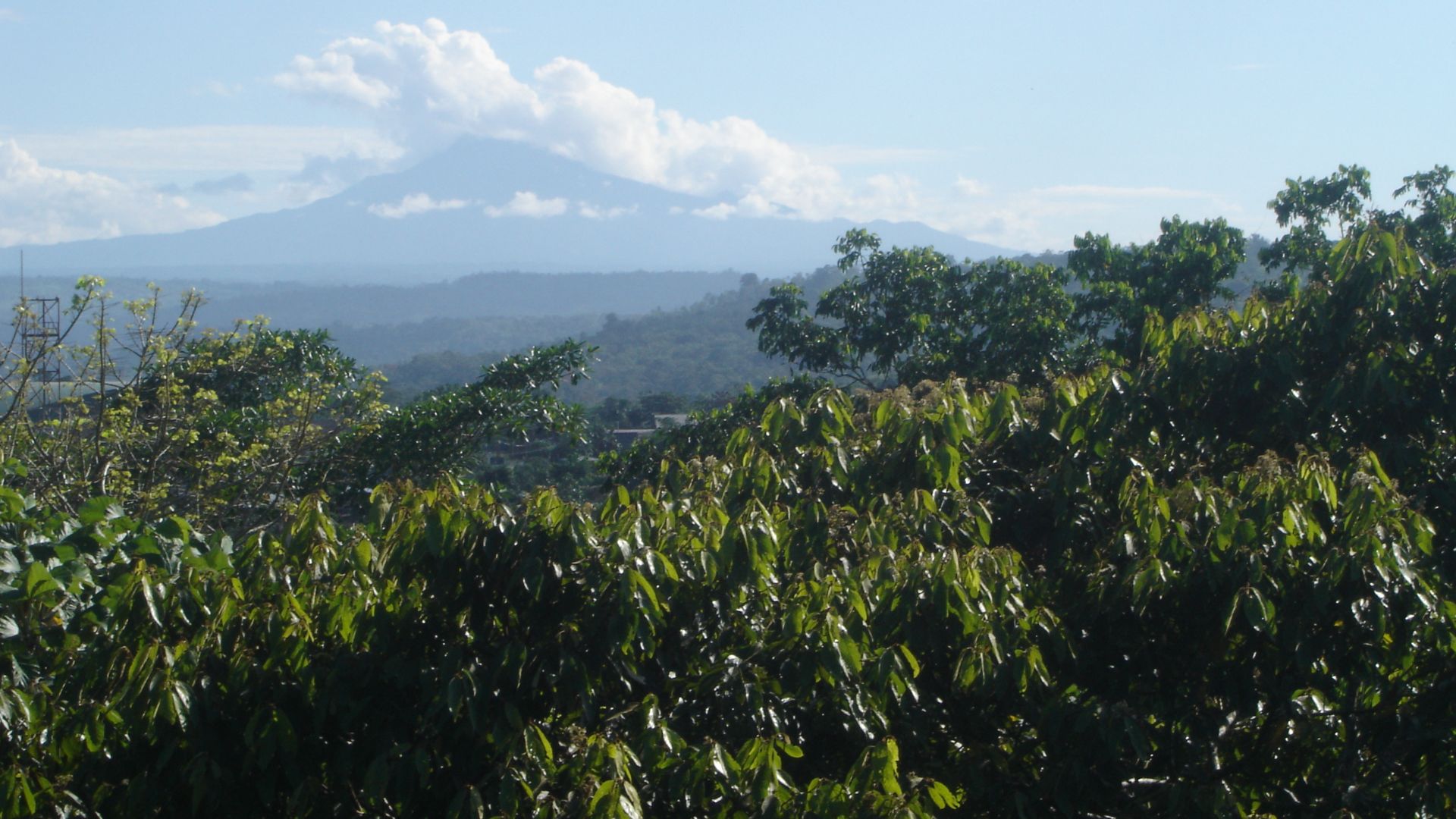 Sylvain2803, Wikimedia Commons
Sylvain2803, Wikimedia Commons
Four People, Four Journeys
The group includes a child, an elderly woman, and two young men. Each was buried with a handcrafted mask made of resin, clay, wax, and maize—meticulously formed to preserve their identity in death and to guide them into the afterlife. And over time...
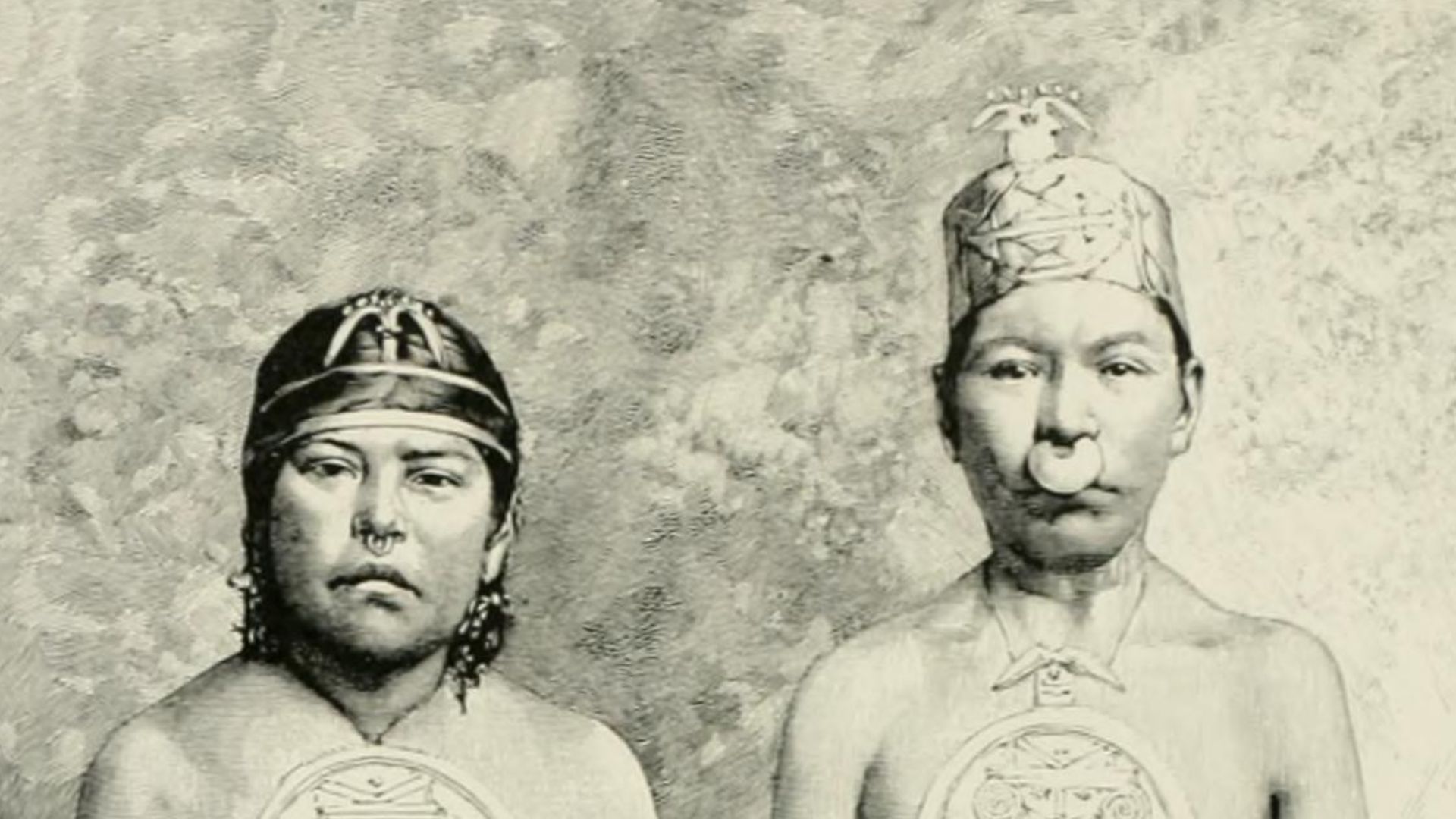 Internet Archive Book Images, Wikimedia Commons
Internet Archive Book Images, Wikimedia Commons
Masks That Became Flesh
Those masks fused with the bone beneath, bonding so tightly they became almost part of the person. Centuries of decay followed, yet bits of decoration—like tiny beads around the eyes—still glimmer, evidence of the care that went into each mask.
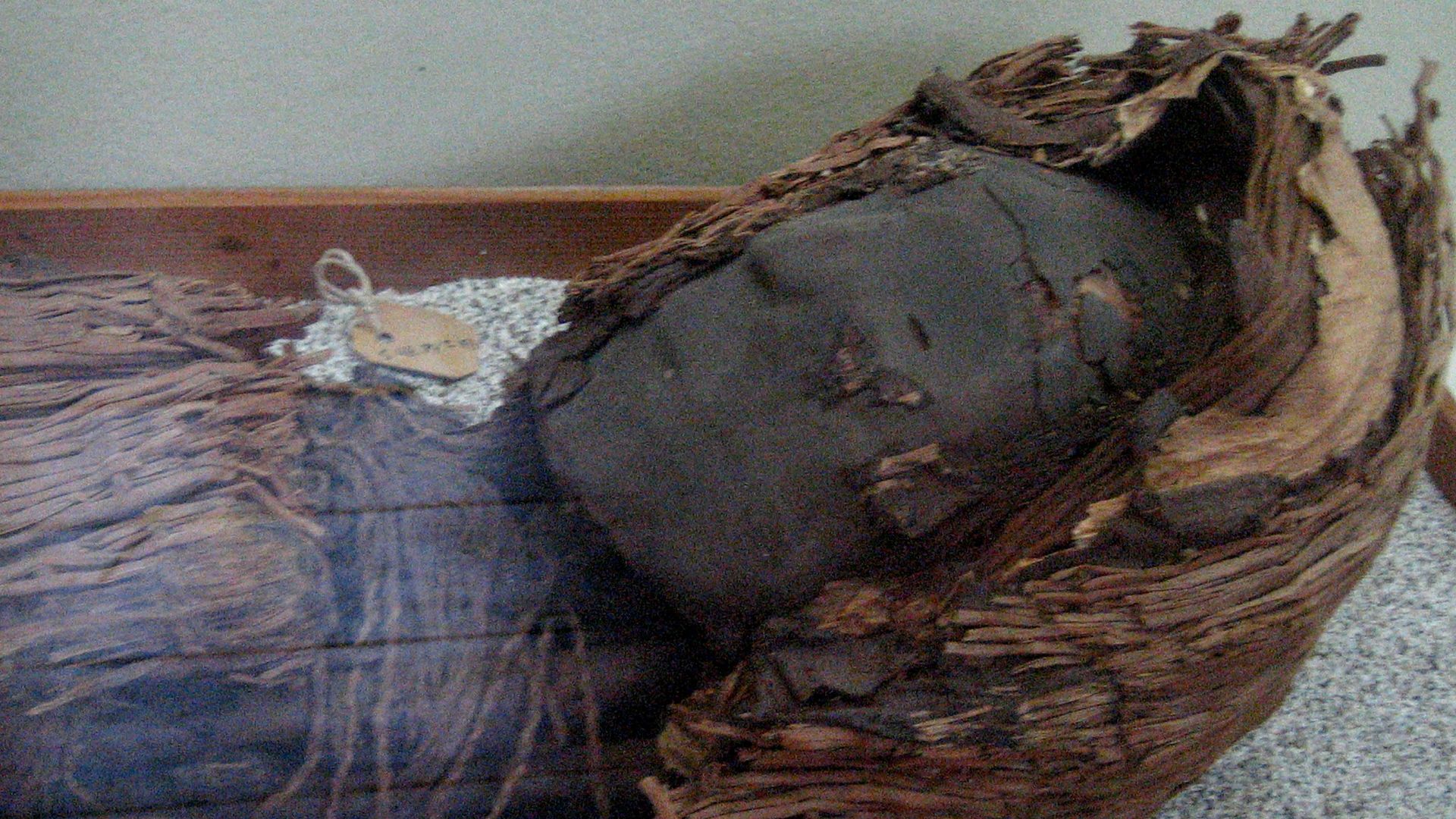 Pablo Trincado, Wikimedia Commons
Pablo Trincado, Wikimedia Commons
Seeing Without Touching
Because the masks are obviously too fragile to remove, scientists turned to CT scans—using them to capture thousands of X-ray slices with remarkable precision. These scans offered a non-destructive way to glimpse the faces entombed within without disturbing the ancient remains.
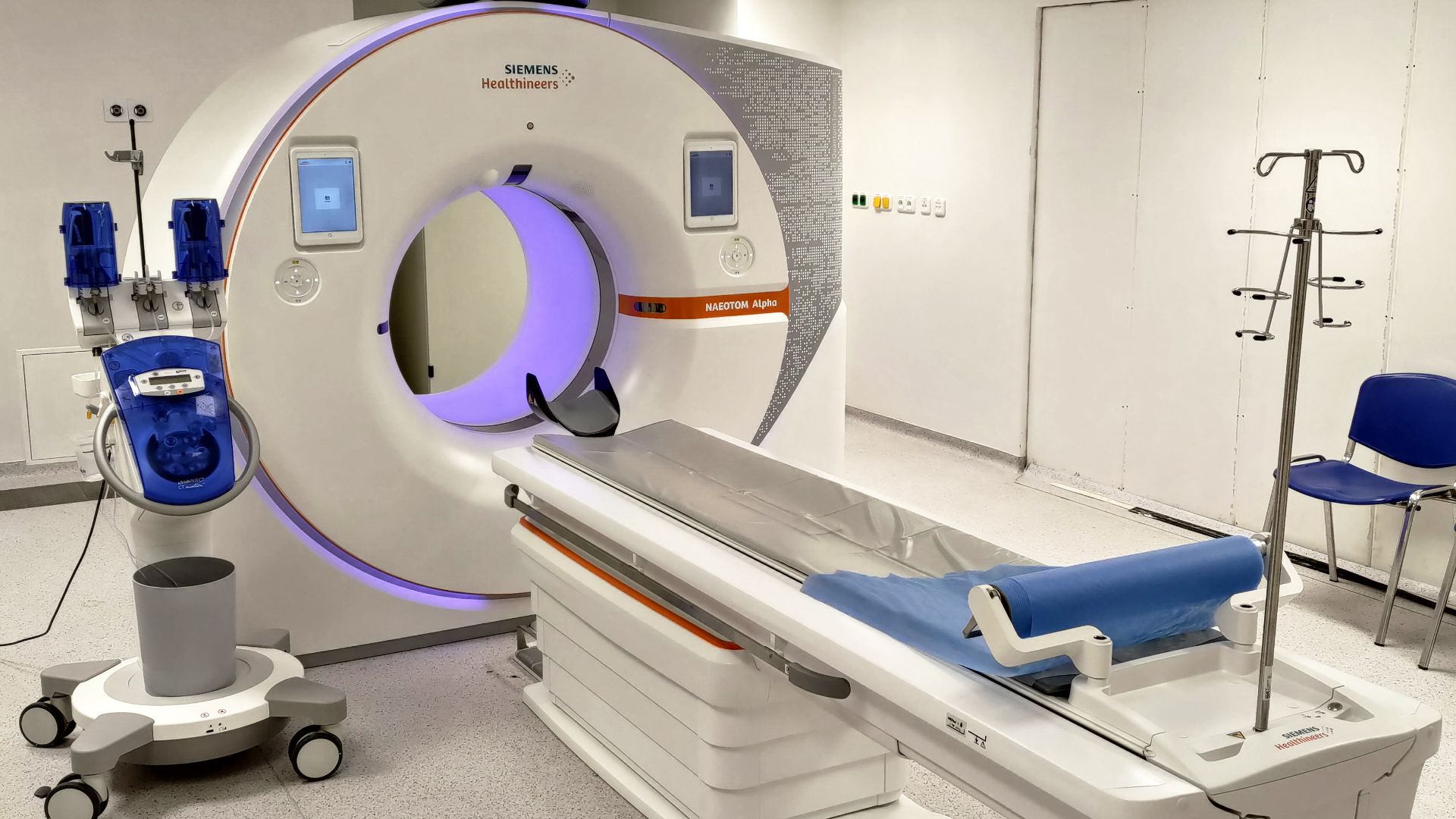 Tomáš Vendiš, Wikimedia Commons
Tomáš Vendiš, Wikimedia Commons
Digital Unmasking
The images were stitched into 3D models, allowing researchers to virtually “lift” the masks off the faces and reveal the skulls beneath. For the first time, human features long hidden in hardened clay emerged in stunning digital detail.
Sculpting the Past Anew
Using a haptic stylus and advanced 3D software, forensic artists layered muscles, fat, and skin over each skull—like sculpting in digital clay. Each face slowly took shape, guided by anatomy, data, and a touch of imagination.
Balancing Data and Art
For the two men, modern Colombian tissue-depth measurements offered guidance. The woman and child required more interpretation, as there were no precise models for comparison—but the team approached every curve and contour with extreme care.
Reconstructing Expression
Nose bridges, lips, and cheeks were shaped using anatomical ratios and skull landmarks familiar to forensic specialists. The final expressions were kept neutral—neither smiling nor solemn—so the faces could simply exist, without our modern projections.
 Forensic Artistry | Lost Faces of the Bible, National Geographic
Forensic Artistry | Lost Faces of the Bible, National Geographic
The Texture Challenge
Adding realistic skin proved most difficult. Pores, freckles, and subtle tones were modeled with restraint, based on regional traits and digital artistry. “Texture is always the biggest challenge,” said digital artist Jessica Liu. “Nobody is ever an average.”
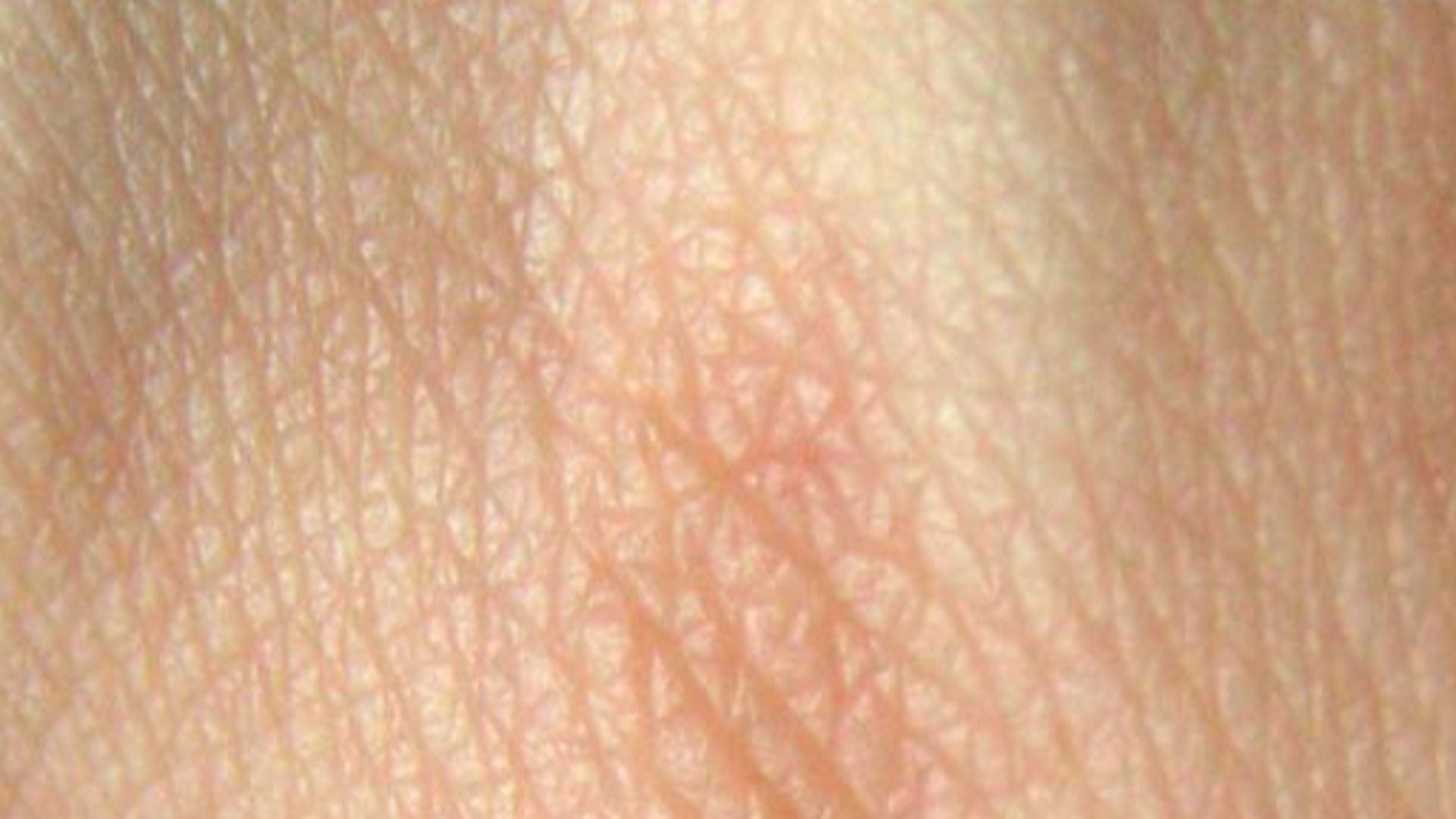 CommonismNow, Wikimedia Commons
CommonismNow, Wikimedia Commons
From Bone to Humanity
The results are haunting and deeply human. These are not perfect likenesses but living approximations—faces that stir empathy more than certainty. Each expression hints at a life once lived, now flickering across digital screens centuries later.
Meaning of the Masks
The masks likely carried spiritual and cultural meaning—protecting the dead or guiding them into the afterlife. Though mask burials appear elsewhere in South America, these are the only known examples in Colombia, making them an archaeological rarity of immense significance.
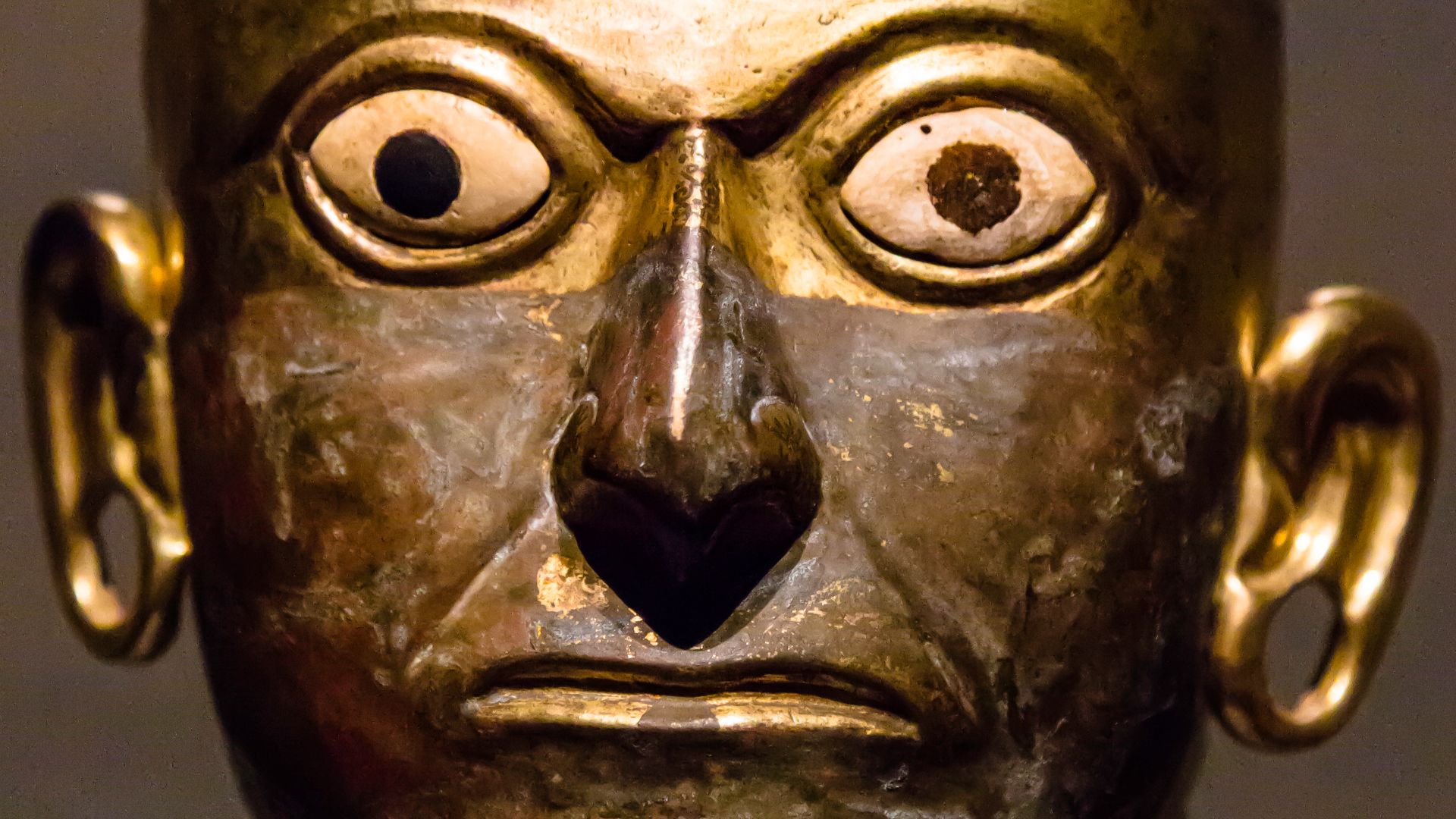 Thad Zajdowicz from Pasadena, California, USA, Wikimedia Commons
Thad Zajdowicz from Pasadena, California, USA, Wikimedia Commons
Extraordinary Craftsmanship
Archaeologist Felipe Cárdenas-Arroyo described the finds as “extraordinary workmanship,” noting their precision, symmetry, and beauty. Every molded line reflected artistic mastery, symbolism, and a deep reverence for the dead.
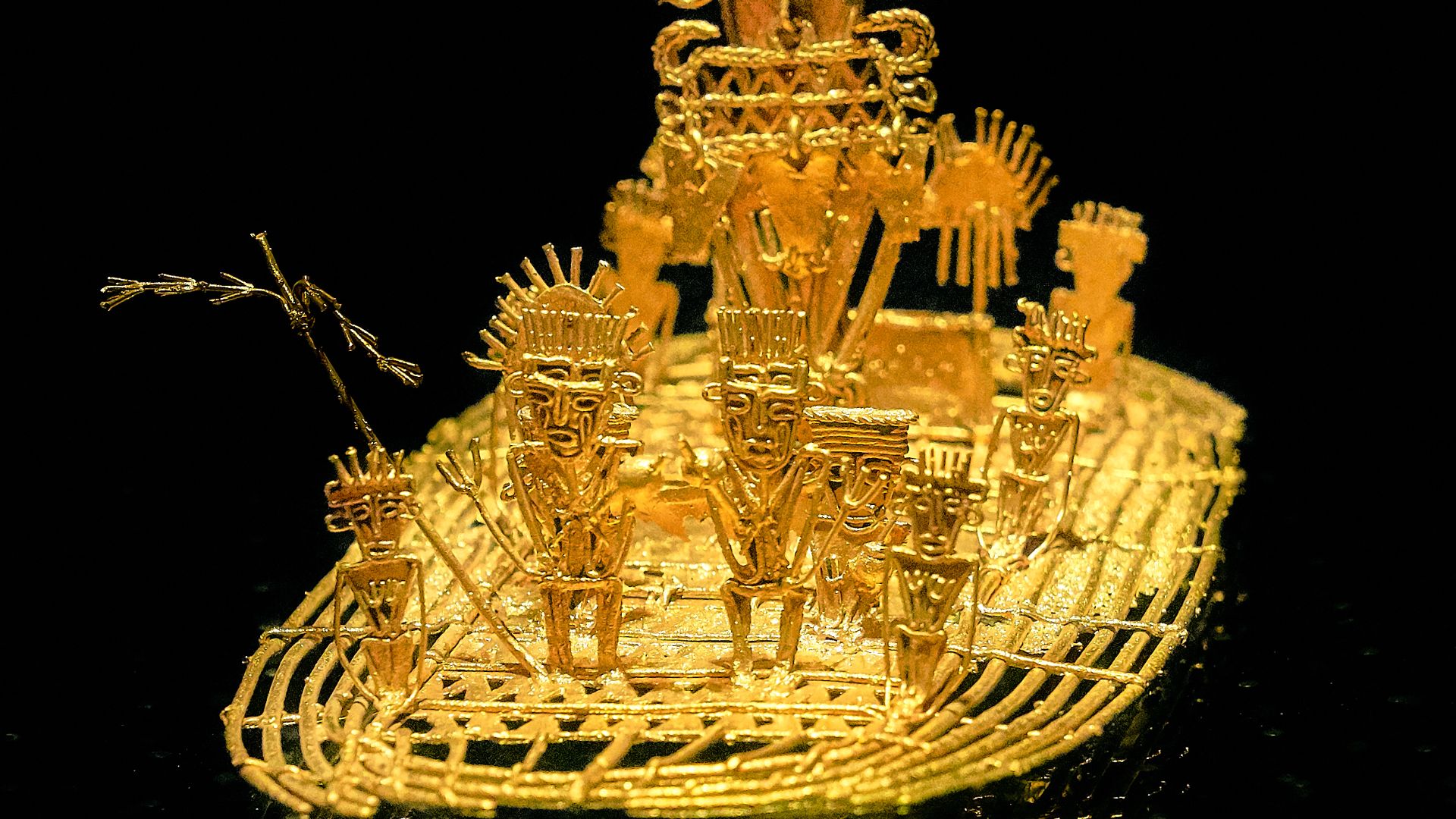 Pedro Szekely from Los Angeles, USA, Wikimedia Commons
Pedro Szekely from Los Angeles, USA, Wikimedia Commons
Echoes of Loss
Sadly, much of the original burial context was destroyed by looters long ago. Without artifacts, inscriptions, or surroundings, many questions remain unanswered—who these people were, their names, their beliefs, and their roles within their communities.
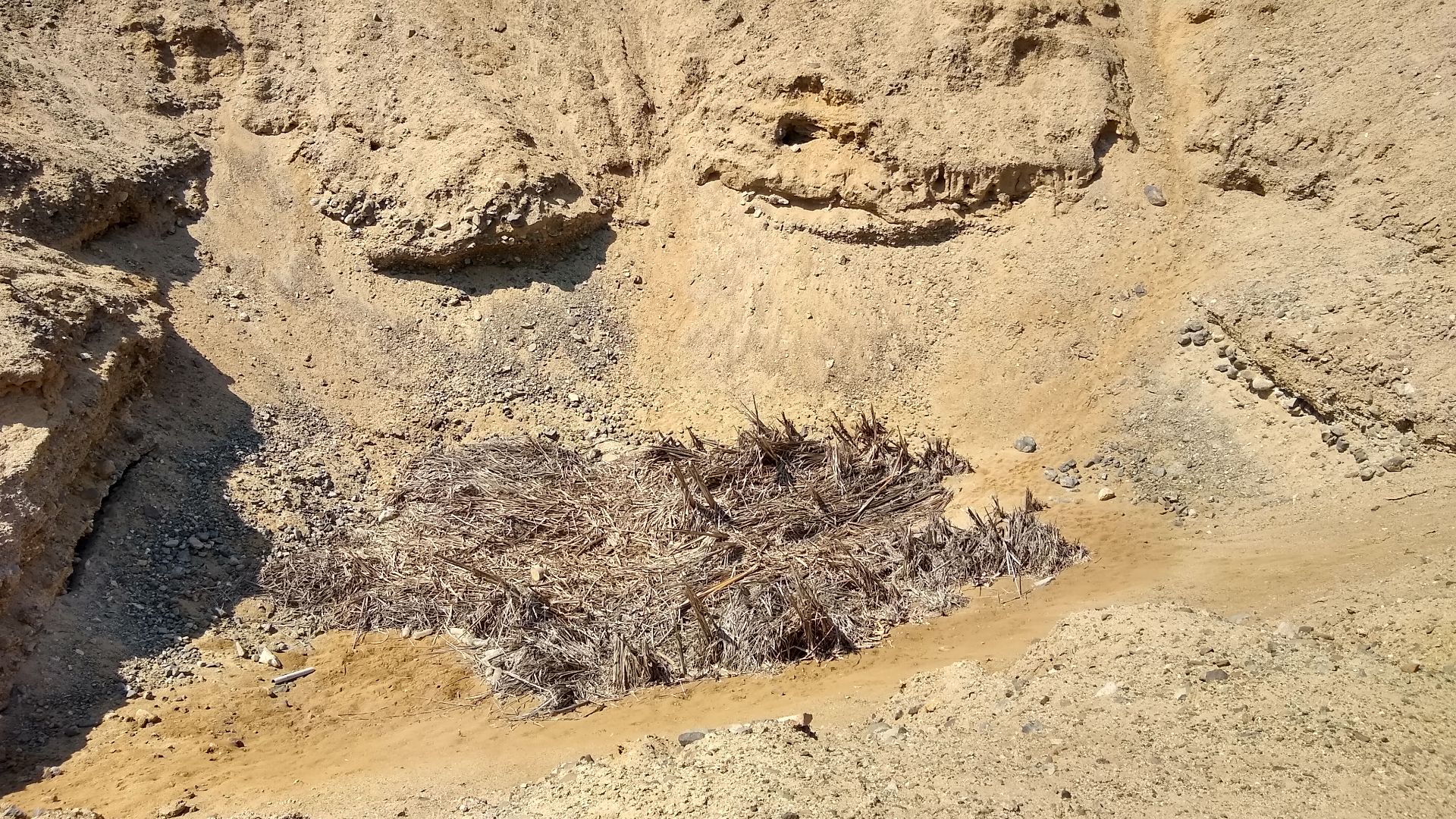 Thayne Tuason, Wikimedia Commons
Thayne Tuason, Wikimedia Commons
Faces Revealed to the World
In August 2025, the reconstructions were unveiled at the World Congress on Mummy Studies in Cusco, Peru. For the first time in hundreds of years, their faces were seen again—not as relics of science, but as real people from Colombia’s past.
Blending Art and Forensics
The process was a marriage of artistry and science. Bone scans, anatomical data, and digital sculpting combined to produce faces that hover between the known and the imagined—a fragile bridge from death to life.
 Level UP FASTER with this Amazing Practice Method - Digital Sculpting, YanSculpts
Level UP FASTER with this Amazing Practice Method - Digital Sculpting, YanSculpts
Peering Beneath the Masks
In some instances, the masks had fused so perfectly that their features appeared lifelike even in death. Digital imaging finally separated the human from the ceremonial—revealing individuality beneath ritual and tradition.
Science as Storytelling
These faces aren’t just reconstructions; they’re acts of storytelling and remembrance. Each one reminds us that behind every archaeological label was a person—someone who breathed, loved, and lived under the same sun that shines today.
 Forensic Artistry | Lost Faces of the Bible, National Geographic
Forensic Artistry | Lost Faces of the Bible, National Geographic
The Team Behind the Work
The project was led by Face Lab at Liverpool John Moores University in collaboration with Colombian researchers and historians. The group is renowned for blending forensic facial reconstruction with historical preservation and education.
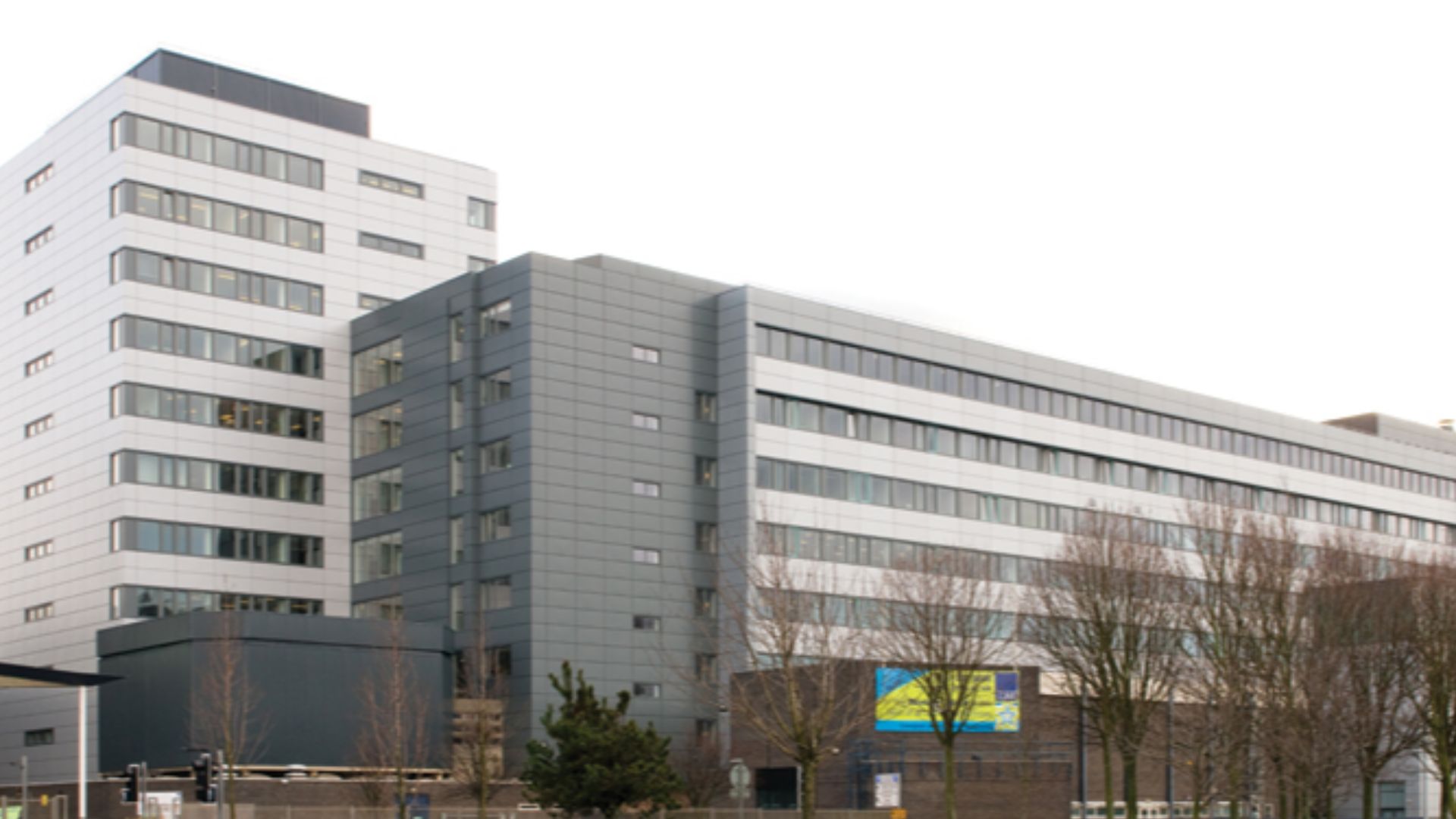 Stevvvv4444, Wikimedia Commons
Stevvvv4444, Wikimedia Commons
Restoring Identity
By giving the nameless a face, the project restores individuality and dignity to people who might otherwise remain anonymous forever. It’s a quiet form of justice—returning humanity to those lost in both time and translation.
 Professor Caroline Wilkinson Combined Royal Colleges Lecture, The Royal Photographic Society
Professor Caroline Wilkinson Combined Royal Colleges Lecture, The Royal Photographic Society
Lessons from the Andes
The work also revives knowledge of ancient Andean funerary art—where craftsmanship, belief, and identity intertwined. Each mask reflected care, community, and an enduring connection between the living and the dead.
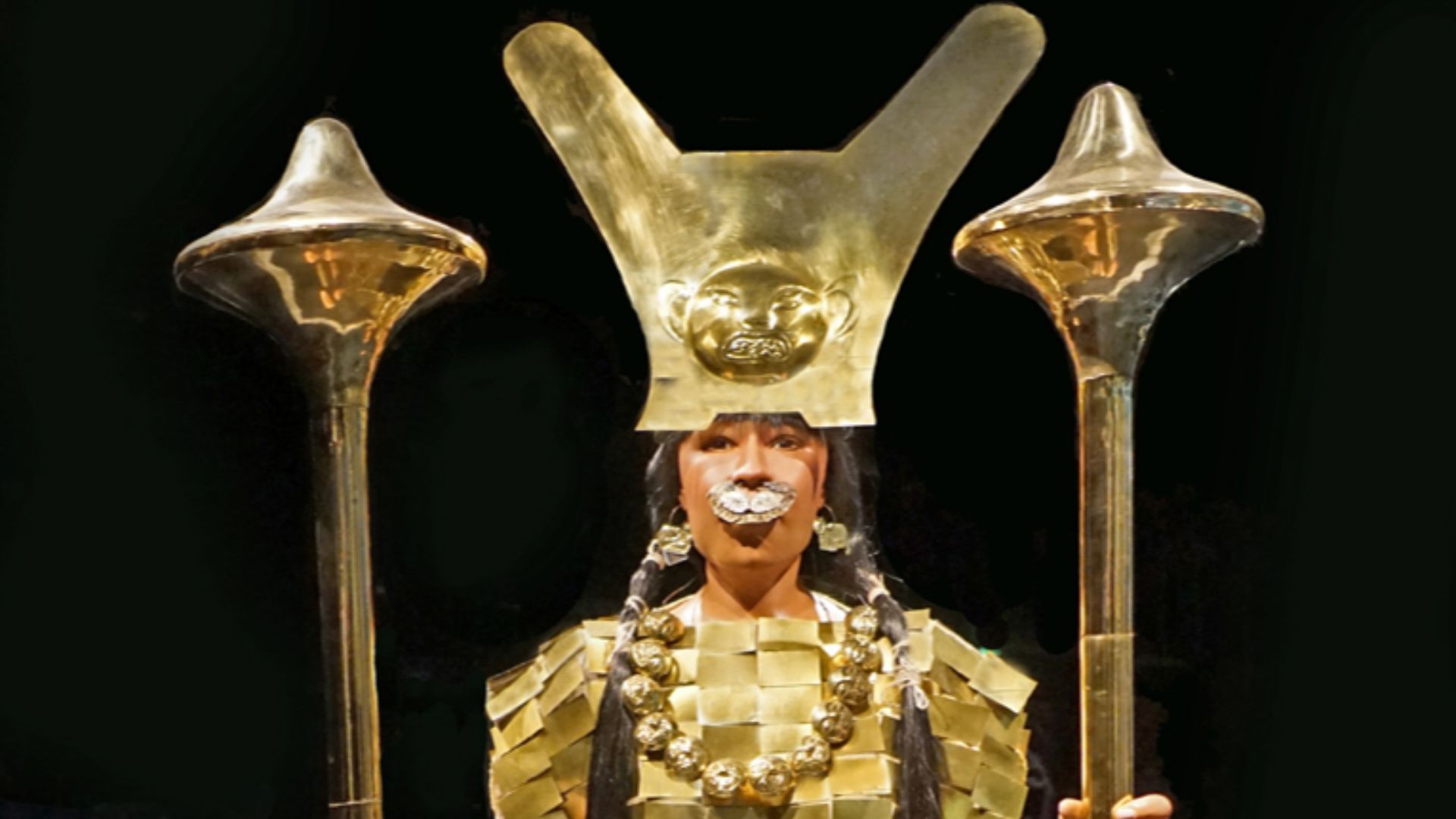 Jean-Pierre Dalbéra from Paris, France, Wikimedia Commons
Jean-Pierre Dalbéra from Paris, France, Wikimedia Commons
Truth and Respect
Researchers emphasize that these faces are interpretations, not certainties. They must be viewed with humility and respect for the Indigenous heritage they represent—bridging modern science with ancestral sensitivity.
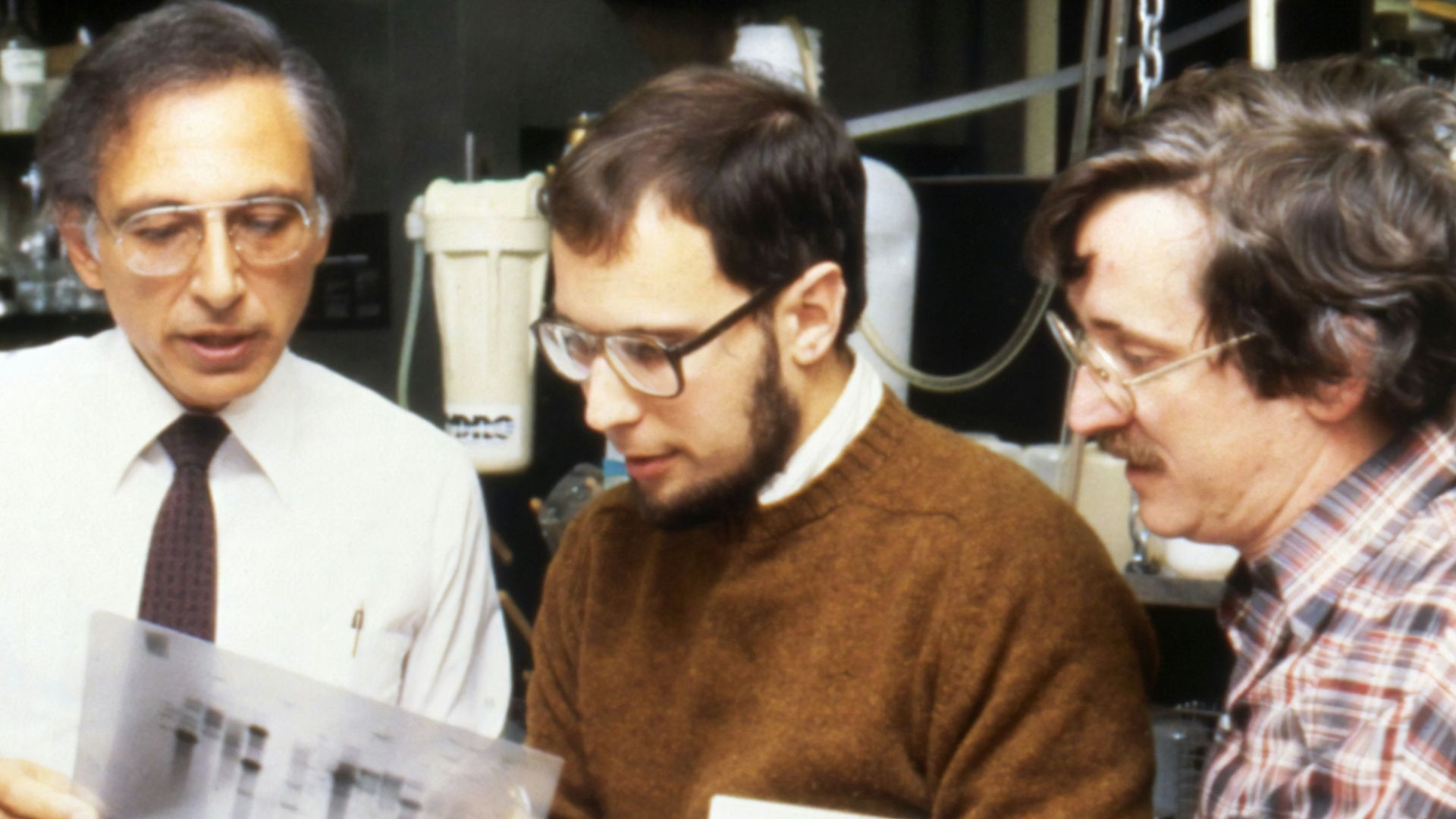 National Cancer Institute, Unsplash
National Cancer Institute, Unsplash
The Road Ahead
Future studies may combine DNA sequencing, isotopic data, and archaeological mapping to reveal more about who these individuals were and where they came from. Every face reconstructed adds another thread to the story of human civilization.
 How does a DNA sequencing machine work?, UNSW
How does a DNA sequencing machine work?, UNSW
The Faces Return
When technology meets reverence, the past speaks again. These four faces—once sealed behind masks of clay and time—remind us that the line between life and death is thinner, and more human, than we ever imagined.
 News: LJMU Talk Latest Advances in Craniofacial Identification, Liverpool TV
News: LJMU Talk Latest Advances in Craniofacial Identification, Liverpool TV
You Might Also Like:

